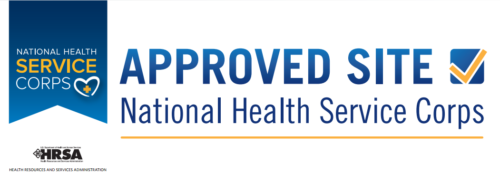Wash hands and surfaces often
Why it matters
Illness-causing bacteria can survive in many places around your kitchen, including your hands, utensils, and cutting boards.
Unless you wash your hands, utensils, and surfaces the right way, you could spread bacteria to your food, and your family.
Follow these top tips to keep your family safe
Wash hands the right way—for 20 seconds with soap and running water.
Washing your hands the right way can stop the spread of illness-causing bacteria.
Here’s how to do it:
- Wet your hands with warm or cold running water and apply soap.
- Rub your hands together to make a lather and scrub them well. Be sure to scrub the backs of your hands, between your fingers, and under your nails. Bacteria can hide out here too!
- Continue rubbing hands for at least 20 seconds. Need a timer? Hum “Happy Birthday” from beginning to end twice.
- Rinse your hands well under running water.
- Dry your hands using a clean towel or air dry.
And when to do it:
- Before eating food.
- Before, during, and after preparing food.
- Before and after treating a cut or wound.
- Before and after caring for someone who is sick.
- After handling uncooked eggs, or raw meat, poultry, seafood, or their juices.
- After blowing your nose, coughing, or sneezing.
- After touching an animal or animal waste.
- After touching garbage.
- After using the toilet.
Wash surfaces and utensils after each use.
Bacteria can be spread throughout the kitchen and get onto cutting boards, utensils, and counter tops. To prevent this:
- Use paper towels or clean cloths to wipe up kitchen surfaces or spills. Wash cloths often in the hot cycle of your washing machine.
- Wash cutting boards, dishes, utensils, and counter tops with hot, soapy water after preparing each food item and before you go on to the next item.
- As an extra precaution, you can use a solution of 1 tablespoon of unscented, liquid chlorine bleach in 1 gallon of water to sanitize washed surfaces and utensils.
Wash fruits and veggies—but not meat, poultry, or eggs!
Did you know that—even if you plan to peel fruits and veggies—it’s important to wash them first because bacteria can spread from the outside to the inside as you cut or peel them?
Here’s how to wash all your produce effectively…
- Cut away any damaged or bruised areas.
- Rinse produce under running water. Don’t use soap, detergent, bleach, or commercial produce washes.
- Scrub firm produce—like melons or cucumbers—with a clean produce brush.
- Dry produce with a paper towel or clean cloth towel… and you’re done.
- The good news? Bagged produce marked “pre-washed” is safe to use without further washing.
Why not wash meat, poultry, and eggs?
Washing raw meat and poultry can actually help bacteria spread, because their juices may splash onto (and contaminate!) your sink and countertops.
All commercial eggs are washed before sale. Any extra handling of the eggs, such as washing, may actually increase the risk of cross-contamination, especially if the shell becomes cracked.
— Source: Centers for Disease Control and Prevention, FoodSafety.gov

